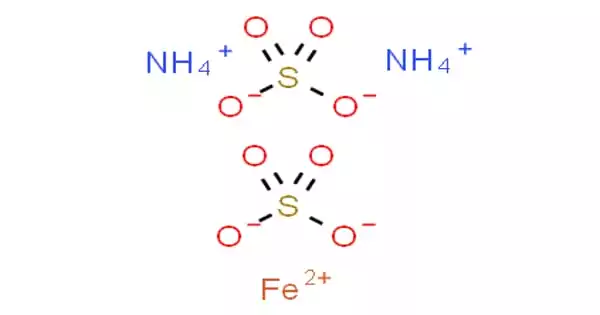Thulium dibromide is an inorganic compound, with the chemical formula of TmBr2. It consists of thulium (Tm), a rare earth metal, and bromine (Br). It is a dark green solid that is easy to dissolve, with the SrI2 structure and it needs to be stored in an inert atmosphere. This compound is one of the several halides of thulium, and it’s notable for its applications in research, especially in materials science and chemistry.
Properties
Thulium Dibromide typically appears as a yellow crystalline solid. It is soluble in water and can form solutions that may be slightly acidic. It crystallizes in a monoclinic lattice structure. It has good thermal stability but, like most rare earth halides, it is sensitive to humidity and air, particularly at elevated temperatures.
- Chemical formula: TmBr2
- Molar mass: 328.74
- Appearance: dark green solid
- Melting point: 619 °C
Preparation
Thulium dibromide can be prepared by reacting thulium with thulium tribromide at 800~900 °C in a vacuum. At high temperatures, the alkali metals can also obtain bromide, but only lithium and sodium reactions obtain thulium dibromide, and the response to the participation of potassium, rubidium, and caesium.
TmBr₂ reacts with water to form thulium hydroxide (Tm(OH)₂) and hydrogen bromide (HBr) gas. Thulium compounds generally exhibit interesting magnetic properties because thulium itself is a paramagnetic element due to the presence of unpaired electrons in its 4f orbitals.
Applications
- Material Science: Thulium Dibromide can be used in the synthesis of other thulium compounds, some of which have applications in laser technology and other high-tech fields.
- Laser and Optics: Thulium-based materials, like thulium-doped lasers, are used in medical and industrial applications. TmBr₂ may serve as a precursor for such materials.
- Reactivity: It’s sometimes used in chemical synthesis or as a reagent for creating thulium-based organometallic compounds.
Safety Considerations
- Toxicity: Thulium Dibromide is not known to be highly toxic, but as with many chemical compounds, it should be handled with care. Protective gloves and goggles are recommended when working with it.
- Corrosive: It may be corrosive to metals and should be stored in appropriate containers to prevent reactions with moisture or air.
















